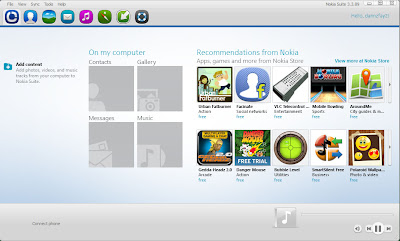A new flavor of Google Goggles for Android is now available for download, with various enhancements and fixes packed inside.
The new flavor of the app was released as version 1.8 and was made available for download on Wednesday.
For those out of the loop, we should note that the Google Goggles app was designed to offer users the possibility to search the real world through taking pictures of things that interest them.
In the new flavor of the app, the barcode recognition feature in Continuous mode is now twice as fast than it used to be. Moreover, recognized items in Continuous Mode that users tap on are now saved to user’s Search History.
Google Goggles was made available for download for all Android devices running version 2.2 and or newer.
The software...



 4/11/2012 11:35:00 PM
4/11/2012 11:35:00 PM
 dannzfay
dannzfay






























